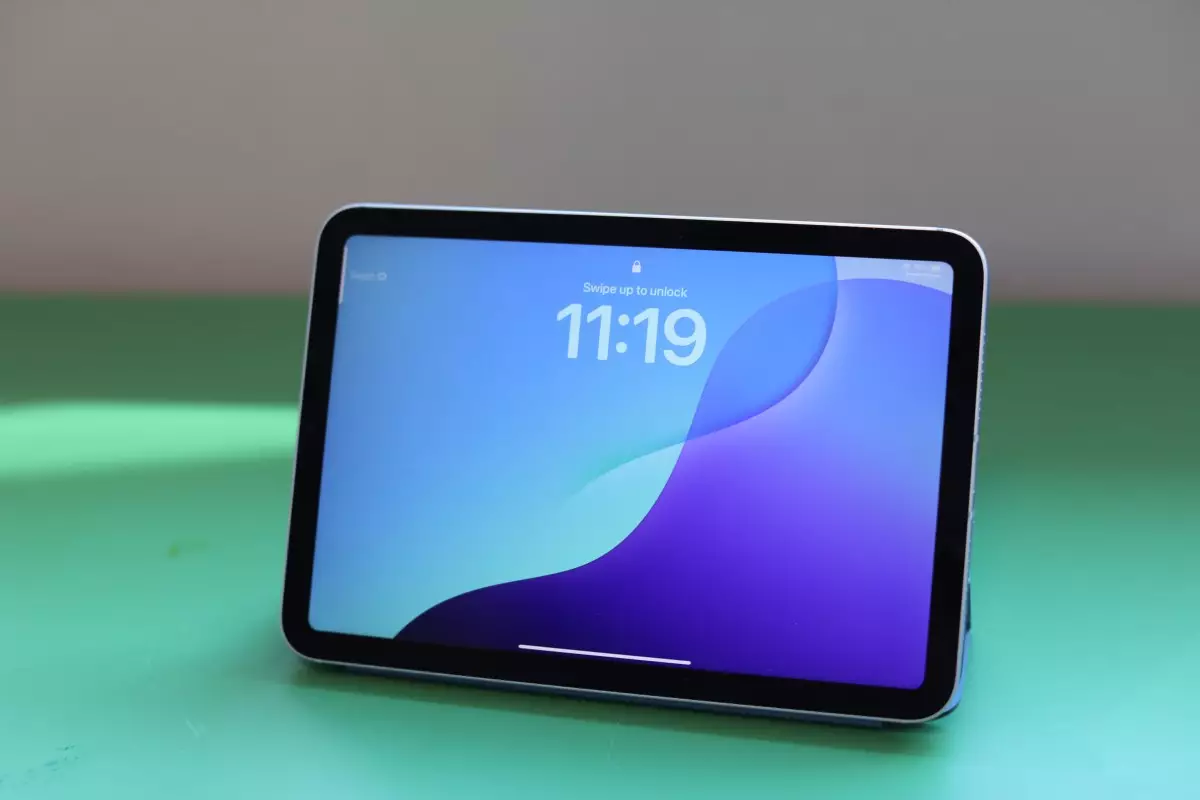The iPad Mini, a compact offering in Apple’s tablet lineup, has carved out a niche for itself that is increasingly defined by its potent hardware and unique utility. Three key factors have repositioned the Mini from being overshadowed to gaining significant attention: its newly integrated A17 Pro chip, compatibility with advanced accessories like the Apple Pencil, and its suitability for a variety of use cases that appeal particularly to students and casual users.
For several years, the iPad line appeared to ebb in prominence at Apple, with the company favoring innovations in other product categories, such as mobile phones and wearables. However, the announcement of the M4 processor for the latest iPad Pro models signaled a shift back toward enhancing the tablet experience. This decision aligns with a broader strategy where Apple is focusing on high-performance chips akin to those found in their Macs, illustrating a commitment to redefine what users can expect from their tablet devices.
The recent release of the iPad Mini demonstrates that Apple has not only acknowledged the tablet’s importance but is also intent on making it a contender in a saturated market. By introducing the A17 Pro chip into the Mini, Apple has given users access to a powerful performance mechanism at a more accessible price point when compared to the Pro line.
The A17 Pro chip is significant for multiple reasons. First, it marks the first time Apple has equipped its Mini device with such advanced processing power, placing it into a more elite class of tablets. While the Mini may not feature an M-series processor like its larger counterparts, the A17 Pro still offers remarkable speed and efficiency, designed for demanding tasks like gaming, video editing, and even professional applications.
This leap in processing capabilities means that the Mini can handle tasks that were previously out of reach for smaller tablets. Tasks like running complex applications, multi-tasking, and even light content creation are now possible without compromising speed or user experience.
At a mere 8.3 inches, the iPad Mini occupies a unique form factor that lies between traditional tablets and smartphones. Its size is a blessing and a curse. While the smaller display may limit certain experiences, it provides unparalleled portability. Students, for example, can easily carry it in their backpacks, making it a great companion for taking notes or doing research during lectures.
Despite its compact nature, the Mini boasts impressive pixel density, which brings sharpness to visuals whether viewing content or creating digital art. This advantage allows the Mini to serve as a more versatile tool than its larger counterparts, particularly for activities involving drawing, notetaking, and e-reading.
However, this does raise questions about where it fits within the broader ecosystem. For users primarily interested in consuming media, the larger iPad Air or iPad Pro could better serve their needs due to screen size alone.
The iPad Mini is especially well-suited for the educational sector. The inclusion of features such as Apple Pencil support transforms it from merely a consumption device to a full-fledged productivity tool. Whether it’s using the tablet for sketching ideas or annotating documents, the options for interactive learning are robust.
Moreover, the integration of Apple Intelligence features extends the educational utility of the Mini. The ability to leverage generative AI for tasks such as document editing may simplify complex projects, but one must note that existing platforms provide similar features. Thus, while it adds a layer of convenience, it does not necessarily transform the educational landscape.
The iPad Mini is not simply an updated version of its predecessor; it occupies a different space in Apple’s tablet hierarchy. The discrepancy in pricing—$499 for the Mini versus $349 for the standard iPad—reflects this shift. Users must weigh the benefits of advanced features against their budgetary constraints, particularly as they consider how much they genuinely value a more capable device.
In comparison to the base iPad, the Mini’s high pixel density and premium tech specifications make it hard to overlook. This pricing strategy positions it as a more desirable option for those willing to spend a bit more for portability without sacrificing performance.
Ultimately, the iPad Mini is a compelling choice for specific audiences. For students and professionals who prioritize a portable yet powerful device, the latest enhancements provide substantial reasons to consider it. That said, for the average consumer, the necessity of a smaller tablet may still be questioned, especially when larger and similarly priced options exist.
Whether or not the iPad Mini becomes a staple in one’s tech arsenal depends on individual needs and preferences. However, its recent updates have certainly sparked renewed interest and potential relevance in an evolving digital landscape.

